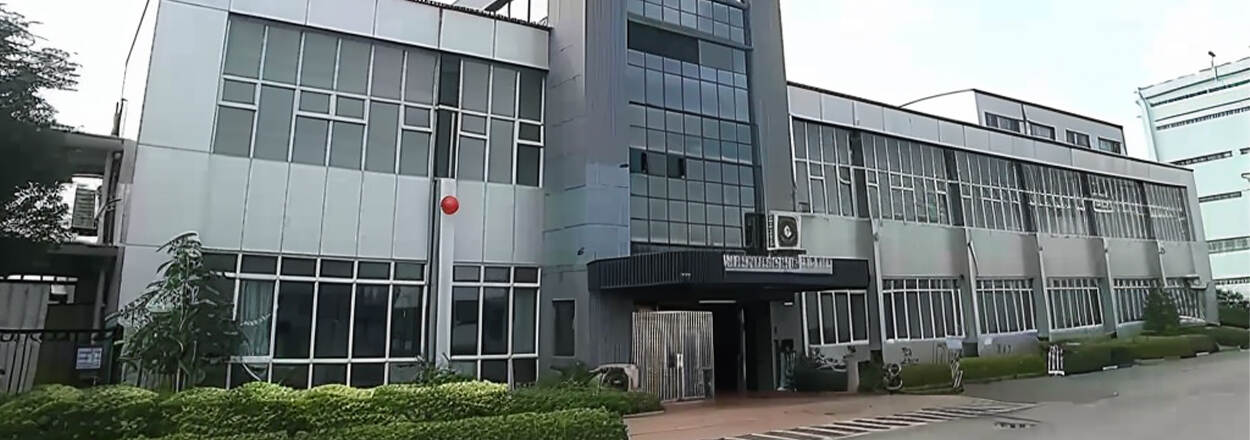About Us
- Instructions for logistics
- Production process
The equipment is exported to the destination port by sea, and the general shipping time of conventional equipment is 35 days, and the complexity of customized equipment to follow up customer requirements is slightly extended. Most of the packaging methods are naked and fixed with cable ties, and some controllers or important parts are closed and packaged in wooden boxes that meet the export regulations. The packaging method is not fixed, and it needs to be adjusted according to the product itself and the customer's requirements.
Specification Confirmation: Define technical parameters such as maximum workpiece dimensions, production efficiency, and safety standards.
DesignConceptual Design: Develop initial layout sketches and system architecture based on requirements.
Detailed Design: Use CAD software for precise mechanical, electrical, pneumatic, and user interface designs.
Simulation and Optimization: Validate design feasibility and performance through computational modeling.
2. Material ProcurementMaterial Selection: Choose raw materials (e.g., steel plates, motors, spray guns) according to technical specifications.
Supplier Evaluation: Partner with reliable suppliers to ensure quality and timely delivery.
Quality Inspection: Verify material dimensions, composition, and surface integrity.
3. Component ManufacturingMachining Programming: Generate CNC programs and set parameters for machining tools.
Mechanical Processing: Fabricate parts using lathes, milling machines, and grinders to meet precision requirements.
Welding and Sub-Assembly: Assemble structural components (e.g., frames, brackets) through welding.
Surface Treatment: Apply anti-corrosion treatments like derusting, polishing, or pre-coating.
4. Equipment AssemblyComponent Pre-Assembly: Fit parts to ensure alignment and functional integration.
Electrical Wiring: Install control panels, circuits, and cables per electrical schematics.
Pneumatic System Integration: Assemble air compressors, pipelines, and valves for spray functionality.
5. Commissioning and TestingMechanical Calibration: Adjust moving parts for smooth operation and stability.
Electrical Testing: Validate power supply, PLC logic, and HMI responsiveness.
Coating Trials: Conduct spray tests to evaluate uniformity, adhesion, and thickness.
Safety Verification: Test emergency stops, protective covers, and compliance with safety protocols.
6. Quality AssuranceFull Inspection: Conduct dimensional, functional, and aesthetic checks per ISO and industry standards.
Test Documentation: Prepare detailed reports and certification records.
Third-Party Validation: Invite accredited agencies for independent compliance verification.
7. Packaging and DeliveryEquipment Cleaning: Remove oil residues and dust from surfaces.
Protective Packaging: Secure equipment with shock-absorbing materials or wooden crates.
Logistics Coordination: Arrange transportation (air, sea, or land) and insurance.
8. After-Sales ServiceOn-Site Installation: Assist clients with equipment setup and final adjustments.
Operator Training: Provide guidance on operation, maintenance, and troubleshooting.
Technical Support: Offer remote or on-site assistance for fault resolution.
Continuous Feedback: Collect user insights to refine product performance.

